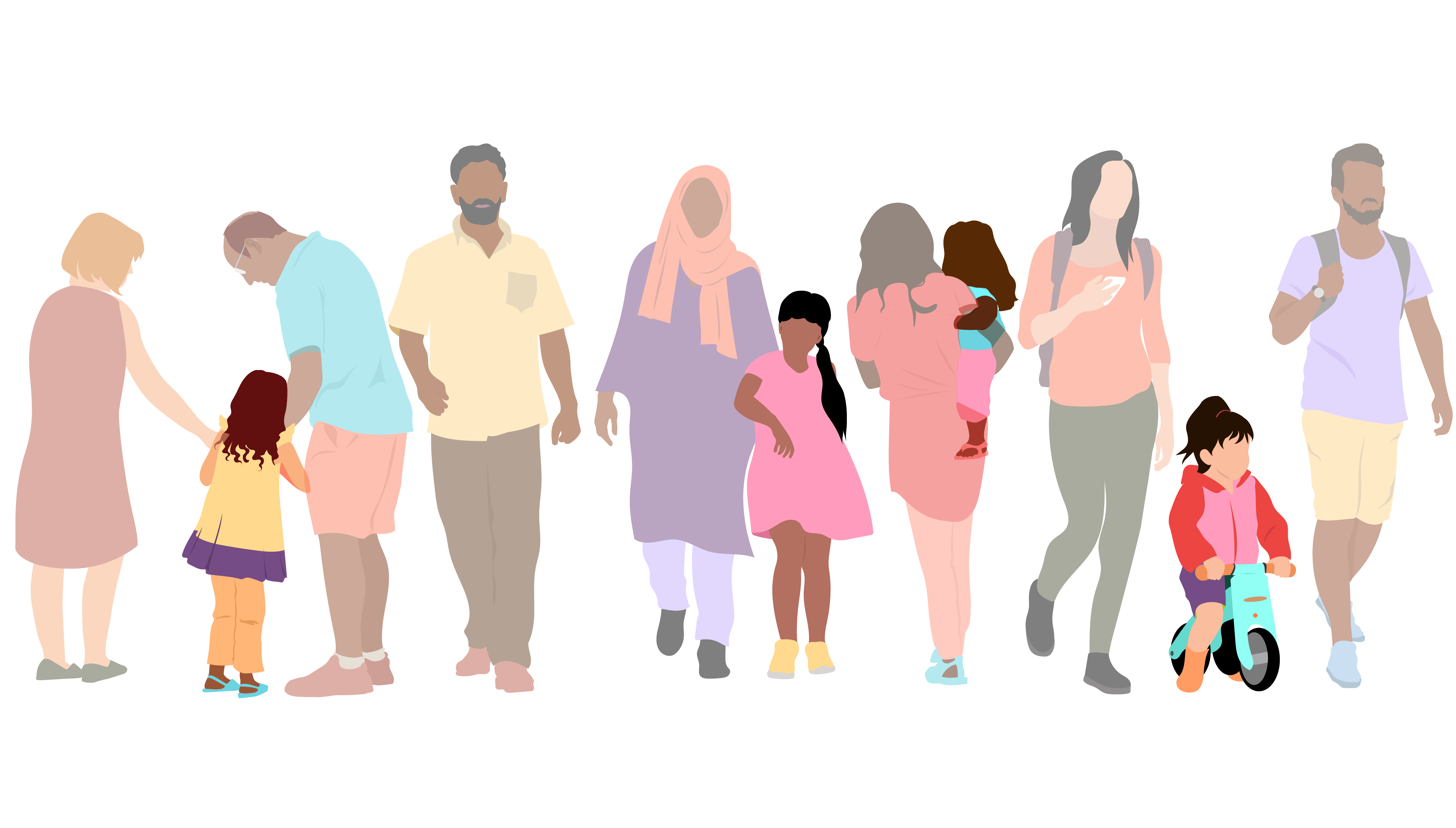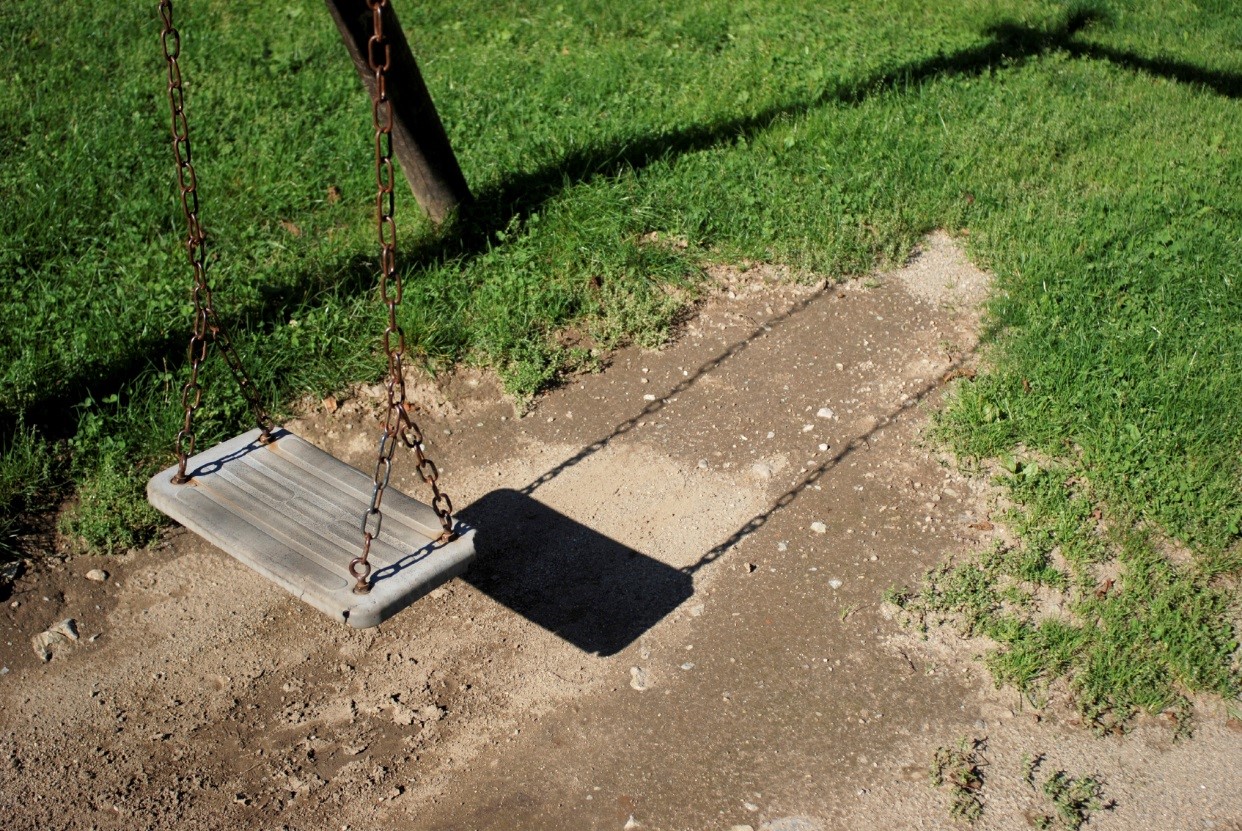What is Hello Baby?
New information added September 2023
Hello Baby is designed for parents of new babies in Allegheny County to strengthen families, improve children’s outcomes, and maximize child and family well-being, safety and security. Hello Baby’s tiered prevention model offers a variety of supports designed to meet families’ varied needs and interests through the child’s third year.
How was Hello Baby developed?
Allegheny County Department of Human Services (DHS) undertook an extensive process to develop the Hello Baby prevention strategy. In addition to drawing from decades of experience by DHS leadership, service workers and families, the process included:
- A review of data and best practices identified in the literature
- Dozens of individual and group meetings with local service providers, families in the community, social workers, clinical specialists and local, national and international child development experts
- Two independent, comprehensive reviews by experts in the field
How is Hello Baby being used?
The resulting prevention program has a differentiated approach, with flexible service delivery that is based upon the understanding that each family is unique and has different and varying levels of needs and barriers to support. In addition to self- and community-referral pathways, Hello Baby also uses an innovative and predictive risk model (PRM) that uses integrated data to identify the highest need families eligible for services. Hello Baby includes a universal entry point designed to increase awareness of available support services for all new parents and improve overall engagement rates. It incorporates community level support and proven home visiting techniques, hiring culturally competent staff with lived experiences to support families with moderate to high needs and intensive engagement and service coordination to support families with the highest needs. An evaluation partner has already been selected to ensure that Hello Baby benefits from rapid feedback and learning throughout the implementation.
Related materials
- Development of the Hello Baby program
- Analytics in support of the Hello Baby program
- Implementing the Hello Baby Prevention Program in Allegheny County: Methodology Report by Rhema Vaithianathan, Ph.D. (Auckland University of Technology), Emily Putnam-Hornstein, Ph.D. (University of North Carolina), and Diana-Benavides Prado, Ph.D (Auckland University of Technology)
- Answers for parents about the predictive risk model: a guide for staff
- Ethical reviews and DHS’s response
- Ethical review of the development and implementation of the Hello Baby program by Deborah Daro, Ph.D.
- Ethical review of the predictive risk model use in the Hello Baby program by Michael Veale, Ph.D.
Note: This report was written in early 2019. Since then, DHS has made several changes to the design and implementation of the Hello Baby program. An updated draft of the report will be posted when available. - DHS’s response to the ethical reviews
- Independent research and evaluation in support of Hello Baby
- Request for Proposals: Process and Outcome Evaluation of Hello Baby, a Tiered Intervention Program for New Parents and Their Babies
- Response to the RFP from The Urban Institute and Chapin Hall
- Do Family Support Centers Reduce Maltreatment Investigations? Evidence from Allegheny County by Fred Wulczyn, Ph.D., and Bridgette Lery, Ph.D. (Chapin Hall)
- DHS policy and procedures related to Hello Baby
For more information about Hello Baby and to access resources for new parents, visit Hello Baby online.











